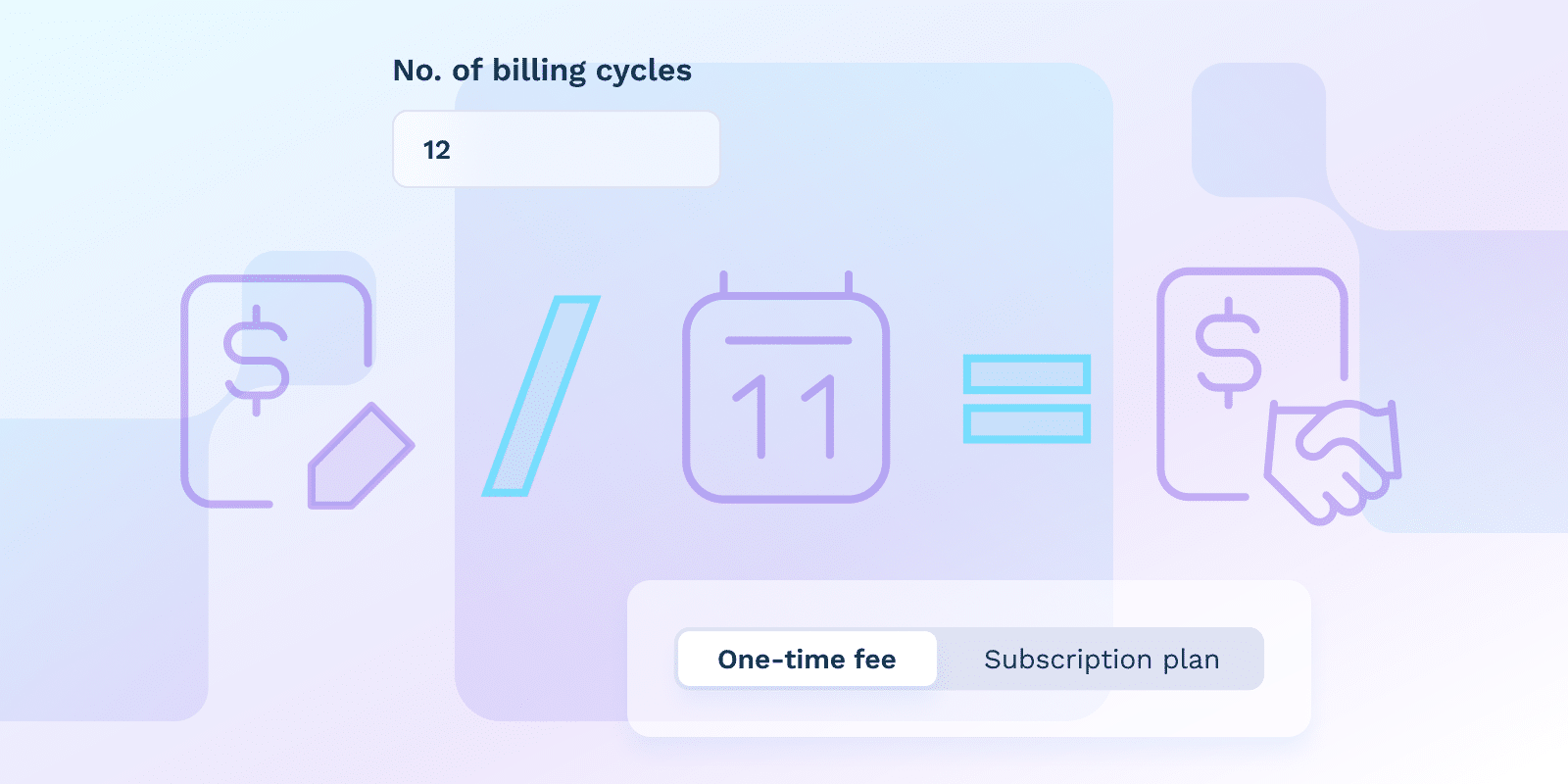SaaS Metrics and KPIs
What is Annual Contract Value (ACV)?

What is Annual Contract Value (ACV)?
Annual Contract Value, or ACV, is the total annual income from a customer subscription contract turnover. It is an important operational factor of a subscription-oriented business in terms of the value of the contracts with customers every year.
ACV considers various factors, including an assessment of the contract’s approximate value, regardless of the holding period. Note that it may not be confused with Total Contract Value (TCV), which includes all revenues through the entire contract.
How do I calculate ACV?
ACV for single contracts is calculated by dividing the whole contract value by the total number of contract years. Use the formula above to determine the ACV for each contract if you have numerous contracts.
To get the final ACV, add the individual ACVs for each contract and divide the total by the number of contracts. An agreement worth $12,000 spread over three years, for instance, would have an ACV of $4,000.
Remember that the techniques used to calculate ACV may vary depending on the business model or contract.
What is the difference between the ACV and various pricing models?
ACV or Annual Contract Value, relies on the pricing strategy used by SaaS companies.
Tiered plans, value-based pricing, and usage-based pricing all focus on a product that is of maximum value in terms of customer resources and, therefore, affects the ACV. These figures might also be important in the active management of ACV, particularly for SaaS businesses, whose pricing models may be purposefully based on customer segments and service tiers.
Due to the nature of pricing models such as incorporating additional features and inclusion of some variable pricing factors such as discounts and deductions, you need to explore in depth to avoid miscalculating the ACV.
What’s the difference between ACV and ARR?
ACV and ARR are both key performance indicators for SaaS companies and subscription-based businesses. However, the two revenue numbers measure different things. ACV value is the total revenue one can expect to earn from one customer over one year. The use of ACV is ideal for specific contract-level analysis in an industry like consultancy.
In contrast, ARR is beneficial for evaluating the business income for economic activities dominated by subscriptions.
Knowing the dissimilarities enables an organization to select appropriate options regarding pricing, income predictions, and business expansion directions.
| Feature | ACV | ARR |
|---|---|---|
| Definition | ||
| Basic Meaning | Total revenue from one customer over one year | Recurring business income from subscriptions |
| Best Used For | Specific contract-level analysis | Evaluating overall business income |
| Analytical Characteristics | ||
| Focus | Individual customer contract value | Entire subscription-based business income |
| Calculation Complexity | Depends on specific contract terms | More standardized calculation |
| Business Insights | ||
| Strategic Use | Pricing and contract-specific decisions | Overall business performance evaluation |
| Typical Industry | Consulting, contract-based services | Subscription-based businesses |
What are the challenges of ACV?
ACV is the average contract value over the years of the customer relationship. It’s a useful way to determine revenue but it comes with some disadvantages that need to be kept in mind when using ACV as a decision-making point.
- ACV, by its nature as an average, masks the variation in individual contract amounts.
- ACV relies on average values, neglecting individual contract specifics within an organization. While large contracts can be advantageous, they can also create complexities that make accurate prediction more challenging..
- ACV is not a common metric, and each person may have a unique way of determining it, leading to issues with comparisons and making benchmarks.
- Analyzing average contract values can provide insights to assist in formulating gross revenue planning strategies.
What is the relationship between ACV and customer churn?
Churn has a definite correlation with ACV, as higher churn typically results in lower ACV.
This correlation stems primarily from the greater costs and the high value of the contracts. Companies characterized by high ACVs have lower structural churn, especially in comparison to lower ACVs and higher churn rates in the case of SMBs. This warrants ensuring that the customer doesn’t only focus on ACV but rather uses it to cut down on churn and also increases the chances of more contracts being rolled over or expanded.
How is ACV optimal in enhancing SaaS pricing?
While ACV allows SaaS companies to examine the relationship between pricing tiers and profitability, they can also adjust pricing to generate additional gains.
Companies analyze ACV to identify important customers and consider potential revenue adjustments based on their needs, including discounts and incentives. This approach can impact customer retention and potentially influence revenue growth, although success may vary. ACV then becomes a tool for management decisions, including the strategy menu and correctness of revenue forecasting in business.
However, ACV Descriptive Analysis will, like other forms of analysis, need to be supplemented with other relevant data and market research in making pricing decisions.
Conclusion
ACV is a metric used to determine a customer subscription’s annual value, help set pricing strategies, and build growth. ACV is important in enhancing a positive customer experience, building revenue streams, and increasing overall profitability. It’s essential to leverage this metric for business strategies, forecasting, and attaining growth in the ever-evolving subscription economy.